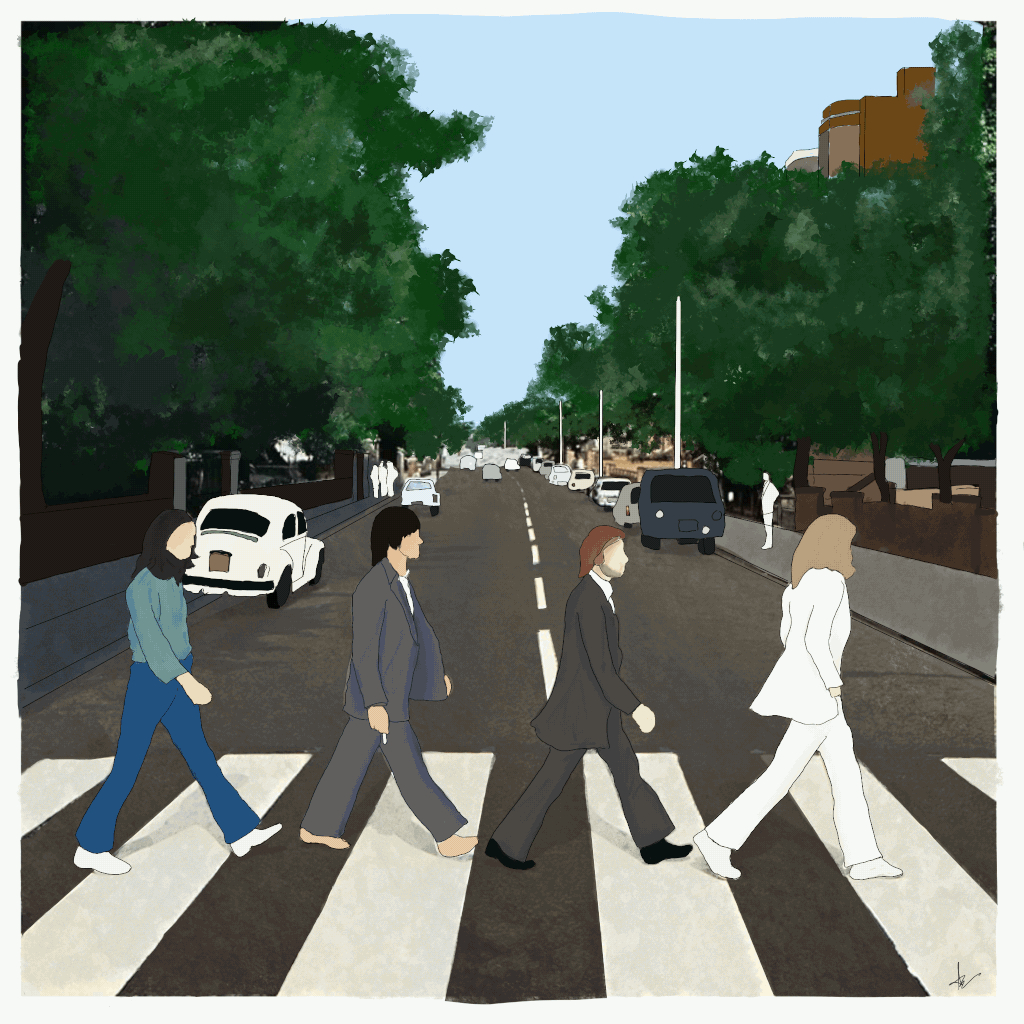
The 1960s was a decade that shook the world—it brought hope for change along with public discontent and war. As far as the United Kingdom and the United States were concerned, a paramount political and societal transformation was afoot. With America’s involvement in the Vietnam War, their youth became increasingly sceptical about the information they consumed. At a time when the horrors of the Vietnam War were still extant in the States, the UK was busy trying to ameliorate the world for their children, the baby boomers. They were the first generation free from conscription and had a lot of freedom and spare time to indulge in conspiracies and myths.
The American counterculture youth fed their sceptic curiosity with the rumours that originated across the pond—the Atlantic Ocean—in the United Kingdom.
The Faul of Paul:
An article published on October 14, 1969, in the Michigan Daily issue was written by the then natural resources junior at the University of Michigan, Fred LaBour. It was described by the Rolling Stones as “the most baroque explication” of the supposed death of the infamous Paul McCartney.
The earliest documentation of this rumour can be found in the February 1967 issue of the Beatles Book monthly magazine published in the UK. The article dismissed the apparent death of Paul McCartney, co-lead vocalist and bassist for the Beatles on 7 January 1967. The article negated the then innocuous rumour pointing out that Paul answered the door when reporters approached him for a statement.
Fred LaBour, plagued with the enervating task of writing an album review on ‘Abbey Road’, found himself ferreting out information about the Beatles. Tuned into the Russ Gibb show, Fred decided to delve deep into the claims of Paul McCartney’s apparent death and subsequent replacement that was discussed on the show.
Bored of the current trends being followed in album reviews by his college newspaper, Fred decided to shift the focus of his report on the claims he had heard, thus making what we know today as the most comprehensive record of proof that validates the Replacement Theory.
It soon went from casual research to an obsessive and utterly comprehensive search for the real story about the “death” of Paul McCartney.
After numerous hours of listening to Beatles albums on repeat and destroying multiple album covers in an attempt to reverse the audio, Fred finally came up with comprehensive documentation of some astounding details that many among the general public had ignored for an enormous amount of time.
The Hidden Cryptic Messages—A Conspiracy In The Works?
Fred theorised that the Beatles were racked by guilt for hiding Paul’s death, leaving clues in their albums for fans to find. He took up an album-wise approach and here’s what he found:
Sgt. Pepper’s Lonely Hearts Club Band:
Being the first album released after Paul’s supposed death in 1966, Fred did extensive research and took a keen interest in this particular album, and the album didn’t disappoint.
At first, Fred observed that the cover seemed innocent enough. After close observation, it appeared that the Beatles may just have been playing the role of pallbearers at a funeral where the rest of the band is turned towards Paul, with Paul being the only one facing forward. This was seconded by the fact that Paul is the only one holding a black instrument.
The European comedian Izzie Bond can be seen holding his hand above Paul’s head, signifying Eastern Mysticism’s death.
The Mystery of the Bass Drum:
He observed that if you take the mirror image of the bass drum in the cover, it reads “1 One” which stands for the 11th month, i.e. November and the rest show’s the roman numeral IX or 9 spelling out 9th November, the date that Paul was supposed to have died. The rest of the text reads “He Die” which to Fred was a sure giveaway that Paul McCartney had indeed died.
Additionally, the patch on Paul’s shoulder reads “OPD”, which many believe means “Officially Pronounced Dead”, the British equivalent for ‘dead on arrival.’
While examining the back of the album, Fred observed that George’s thumb points at a particular phrase from the lyrics of She’s Leaving Home which states “Wednesday morning at five o’clock”, Paul’s supposed time of death. In 1966, 9th November coincidentally (or not) fell on a Wednesday.
Now Fred decided to scrutinise the music. After countless hours of careful listening, he found the name “Billy Shears” is the first line in this track. The Beatles reference that they have formed a new band with “the one and only Billy Shears”. Fred soon learned that Billy Shears was thought to be the name of Paul’s replacement.
In A Day In The Life, Fred noticed John Lennon can be heard singing “he blew his mind out in a car”, which he believed described how Paul died.
The Magical Mystery Tour:
Fred soon took up the next album they released. In this cover, he noticed how Paul is the only member of the Beatles dressed in black and he seems to have his arms stretched out in a crucifixion pose, all possible clues pointing towards death.
Additionally, when you connect the biggest stars in the cover, a phone number is revealed. Many people claim when they call the number on a Wednesday at 5 pm, they hear all sorts of cryptic messages.
He found the most compelling clue on page 23 where Paul is the only Beatles member wearing a black rose.
At the end of I Am The Walrus, we hear Oswald’s death from Shakespeare’s King Lear. When played backwards, Fred noted that It’s something along the lines of “Paul is dead, ha ha ha”.
In the song Glass Onion, the chorus reads “Here’s another clue for you all, the walrus was all” suggesting fans to find the easter egg hidden in the song.
Arguably the most convincing clue of them all is when we play the start of Revolution 9 backwards, we clearly hear “Turn me on dead man”.
At the end of I’m So Tired, what everyone thought was gibberish, when played backwards distinctively sounds like “Paul is dead, miss him, miss him, miss him”.
The Abbey Road cover:
One of the most popular albums of the Beatles, the subject of his album review, Fred anatomised every aspect of the album cover. Fred surmised that the Beatles seemed to be walking away from what appears to be a cemetery. John leads the procession wearing white, looking almost Christ-like with his long hair. Ringo follows wearing black whose outfit resembles an undertaker. Paul walks behind, but there is something odd—he is out of step with the rest of the band and contrary to the left-handed bassist’s mannerism, he is seen holding a cigarette in his right hand.
LaBour divulged that Paul was the only member photographed barefoot and correlated it to the uncanny resemblance he bore to a corpse. According to multiple religious customs, most popularly Hinduism, corpses are barefoot during their last rites.
George takes up the rear, donning a workman shirt and denim, he symbolises a gravedigger/ grave robber.
Farfetched cryptic clues would include the license plate number of the Volkswagen Beetle in the background that reads “LMW 28IF” indicating Paul would have been 28 years old if he were still alive. LaBour went further to flip the album and noted that on the back, the dots on the front cover, when connected, form a “3”, and then the title reads “3 Beatles”.
The Beatles, Yesterday and Tomorrow compilation album:
In an attempt to empathise with their American listeners The Beatles, the Yesterday and Tomorrow compilation album cover had an eccentric approach which was controversial and thus memorable. The Butcher cover was photographer Robert Whitaker’s work which depicted the band adorned in white coats and covered with decapitated baby dolls and raw flesh pieces. This cover, according to the band, was to be a statement against the Vietnam war.
Fred took an interest in the alternative cover. The jejune cover reveals an interesting perspective when turned perpendicularly. Paul is clearly seen in a coffin surrounded by the rest of the Beatles band members.
The LIFE Magazine Cover:
After Fred’s report blew up into a full-blown conspiracy, many news outlets requested Paul to give a statement. However, Paul refused to comment, stating he wanted to live a peaceful life.
When a group of reporters trespassed on Paul’s Scottish farm and took some unflattering photos, he reluctantly agreed to be the magazine’s cover in exchange for the negatives. While this subsided the rumours for some time, an interesting observation was made a few years later.
When you hold up the cover to bright light, the mercury car advertisement on the other side can be seen running through Paul’s body. Many believe this refers to the fatal car accident that Paul was supposedly killed in and how it destroyed their family.
In an age where there were no renowned media outlets like VH1, MTV, and TMZ, Fred LaBour’s article was great publicity for the Beatles and made him a celebrity of sorts on campus. The fact that his jocular and juvenile piece was gaining momentum and global recognition creeped him out. He turned down invites to multiple Beatles conventions and never monetised the acclaim the article received, even though he was in the music industry. He was bemused that almost everyone under the age of 30 ruminated over the plausibility of McCartney’s demise. Many baby boomers have a lucid memory of the tingling sensation they felt when they first heard an eerie backwards voice emanating from their turntables.
LaBour’s story was featured on prominent newspapers like the Daily and was read out on national radio shows with renowned names like F. Lee Bailey. He later recalled walking down Ann Arbor streets and hearing Beatles music from every single apartment window with the occasional backward version of certain songs played by the curious hearing for clues. This theory benefitted Capitol Records as record sales doubled with people buying records, only to damage them with reversed listening.
LaBour always felt like he caused trouble to this eminent music idol who altered the taste of pop music for many, when in fact, this theory brought Paul’s work more attention. Paul even named his New World Tour album “Paul Is Live” with the album cover as a parody to the Abbey Road cover. To say that this article did not contribute astronomically to Paul’s success would be a lie.
The urban legend made way for an entire future’s worth of songs, books and pop culture references—many profited off the conspiracy theory.
LaBour never expected his web of carefully curated cryptic clues would be taken at face value and published by authentic and poker-faced news agencies along with sober discussions about the ‘scoop’ on major television networks. If the McCartney death theory can be labelled as an urban legend, Beatles expert Devin McKinney would be correct to accredit LaBour as its Homer. Fred does not believe in the legitimacy of his brainchild but understands the theatrical appeal. LaBour’s article was efficacious to the youth of that time. Raised as an apperceptive and inquisitive generation, the youth were sentient towards their surroundings’ current affairs. The Beatles’ music had just taken a new direction, and their fans tried to get their head around it.
Some even blame the prevalent use of psychedelic substances for the stimulation of these ruminations amongst the youth. With the older generation corrupting the youth’s minds with absurd rumours about subliminal messages in the era’s music poisoning the future of the world, suspicions were at an all-time high.
Undeniably, this urban legend remains as rock and roll’s most remarkable story to this very day.
As long as the Beatles are relevant in this world, its listeners will be victims to the web of cryptic clues fabricated by the power of suggestion, the inherent eeriness of reversed audio, and one ingenious gent, Fred LaBour.
Sources: www.forbes.com, www.mirror.co.uk, www.diymag.com, www.content.time.com, www.openculture.com, www.journalnow.com, www.beatlesbible.com, www.strangeandspookyworld.com, www.classicbands.com, Vinyl Rewind YouTube Channel, Beyond Reality Paranormal Podcast
Written by Shirley Asangi and Aditya Arun Iyer for MTTN
Edited by Rushil Dalal for MTTN
Featured Image by R.S. Aruna for MTTN
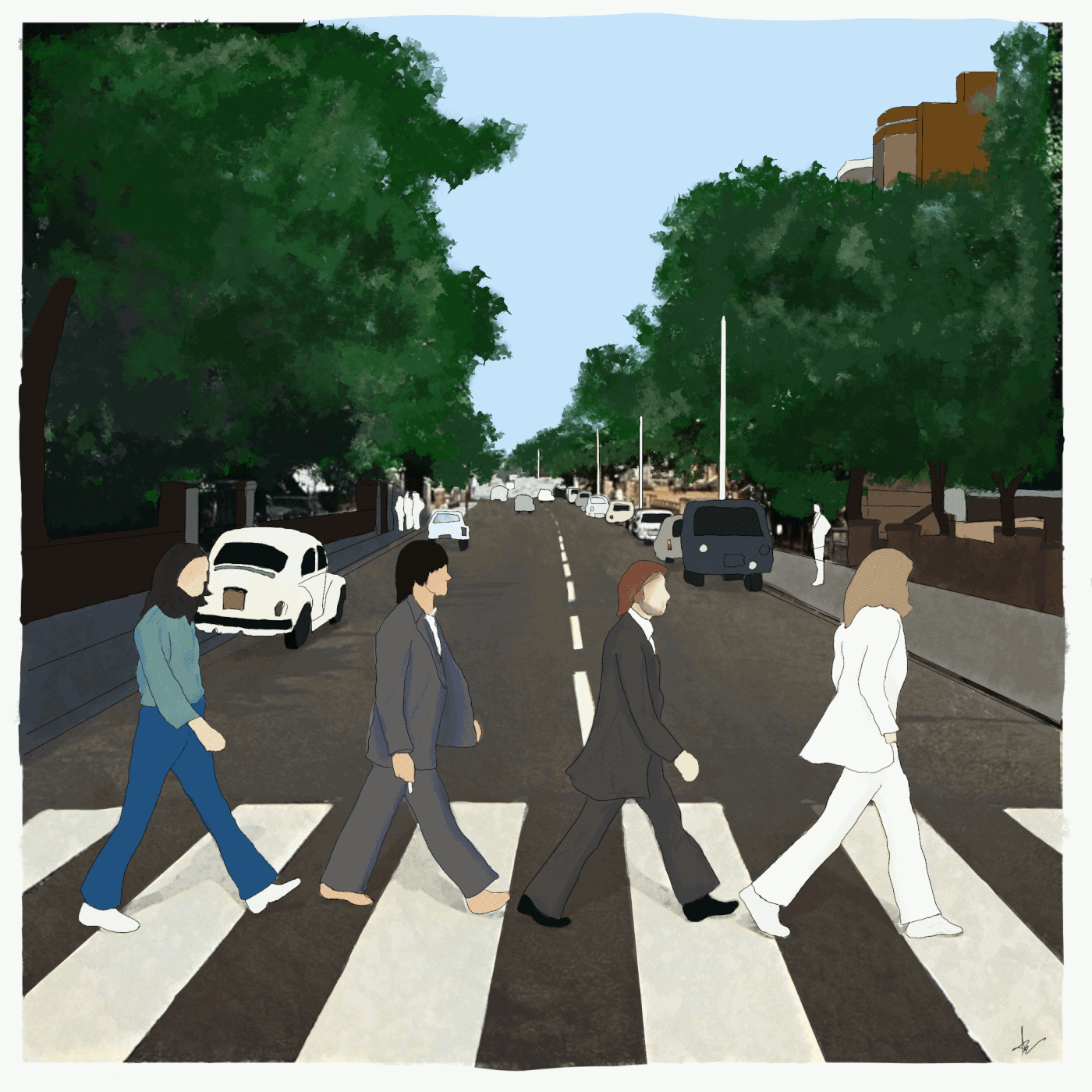
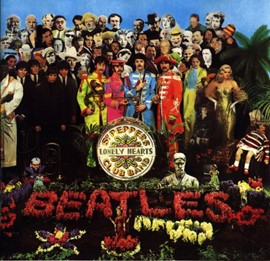
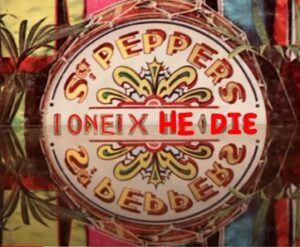

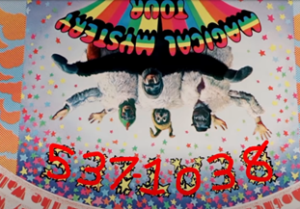
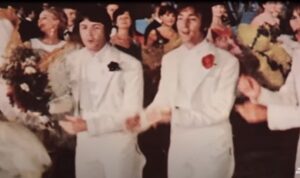
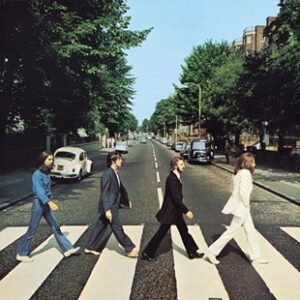
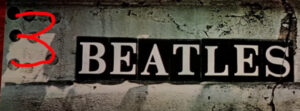
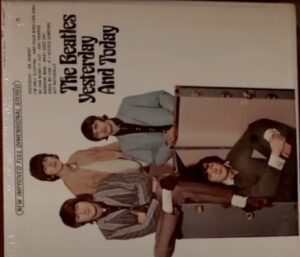
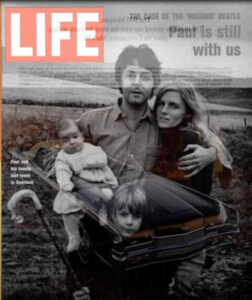
Leave a Reply
You must be logged in to post a comment.